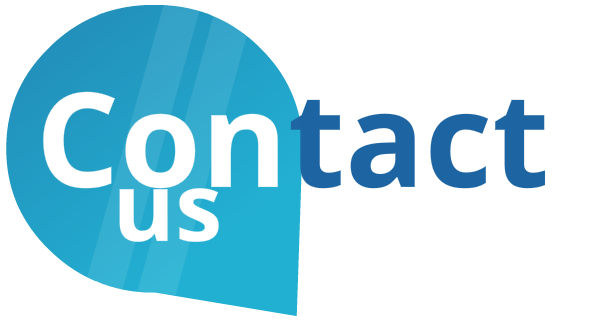In today’s fast-paced business environment, organizations rely on a multitude of software applications, databases, and tools to streamline their operations. However, integrating these systems to ensure seamless data exchange and collaboration can be a challenging task, particularly when dealing with legacy software that lacks support for modern integration methods like APIs and webhooks.
RPA tools can be used to integrate multiple systems including legacy desktop software that does not even support APIs for integrations.
How to integrate multiple systems using RPA?
RPA tools have evolved to include no-code API integration interfaces, enabling seamless data exchange and integration between multiple systems. These interfaces provide a user-friendly way to connect and exchange data with various software applications, databases, spreadsheets, and other sources.
With the ability to set triggers based on specific events, RPA bots can respond in real-time to changes or updates in the integrated systems. This event-driven approach ensures that data flows efficiently and automatically between systems, reducing manual intervention and improving overall productivity.
Furthermore, RPA bots possess powerful data validation and transformation capabilities. Before pushing data to other software systems, the bots can validate the incoming data for accuracy, consistency, and adherence to predefined business rules. They can also transform the data into the required format, ensuring seamless integration and compatibility between systems that may have different data structures or formats.
Desktop software integration with RPA
Legacy software, particularly desktop applications that lack APIs, can pose integration challenges. In such cases, RPA emerges as a valuable solution. RPA bots can effectively bridge the gap between legacy systems and modern applications by emulating human interactions.
RPA tools allow users to design bots that can extract data from desktop applications with precision. These bots can navigate through the user interface, copy the required data, and securely transfer it to other applications or systems. By replicating human actions, RPA bots ensure the accurate and reliable transfer of data, eliminating manual errors and improving overall efficiency.
Furthermore, RPA bots can also retrieve data from other applications and seamlessly paste it into the desktop application. This capability allows for bi-directional data exchange between legacy and modern systems, enabling efficient workflow automation and data synchronization.
The advantage of using RPA in this context is that it eliminates the need for manual data entry or manual copying and pasting, which are not only time-consuming but also prone to errors. RPA bots can perform these tasks with high accuracy and consistency, ensuring that the data transferred between applications is reliable and dependable.
By leveraging RPA, businesses can integrate legacy desktop applications into their overall system architecture, enabling data sharing, process automation, and streamlining workflows. RPA provides a cost-effective and efficient solution for integrating legacy systems that lack API support, extending their lifespan and maximizing their value within the organization.
It’s important to note that while RPA is a powerful tool for integrating legacy systems, careful consideration should be given to security and access controls. Organizations must ensure that appropriate measures are in place to protect sensitive data when interacting with desktop applications through RPA bots.
Overall, RPA serves as an indispensable option for integrating legacy desktop applications and exchanging data with other systems accurately and efficiently, mimicking human actions while providing a scalable and reliable automation solution.
-
Soumen Dashttps://intelgic.com/insights/author/admin/
-
Soumen Dashttps://intelgic.com/insights/author/admin/
-
Soumen Dashttps://intelgic.com/insights/author/admin/
-
Soumen Dashttps://intelgic.com/insights/author/admin/


